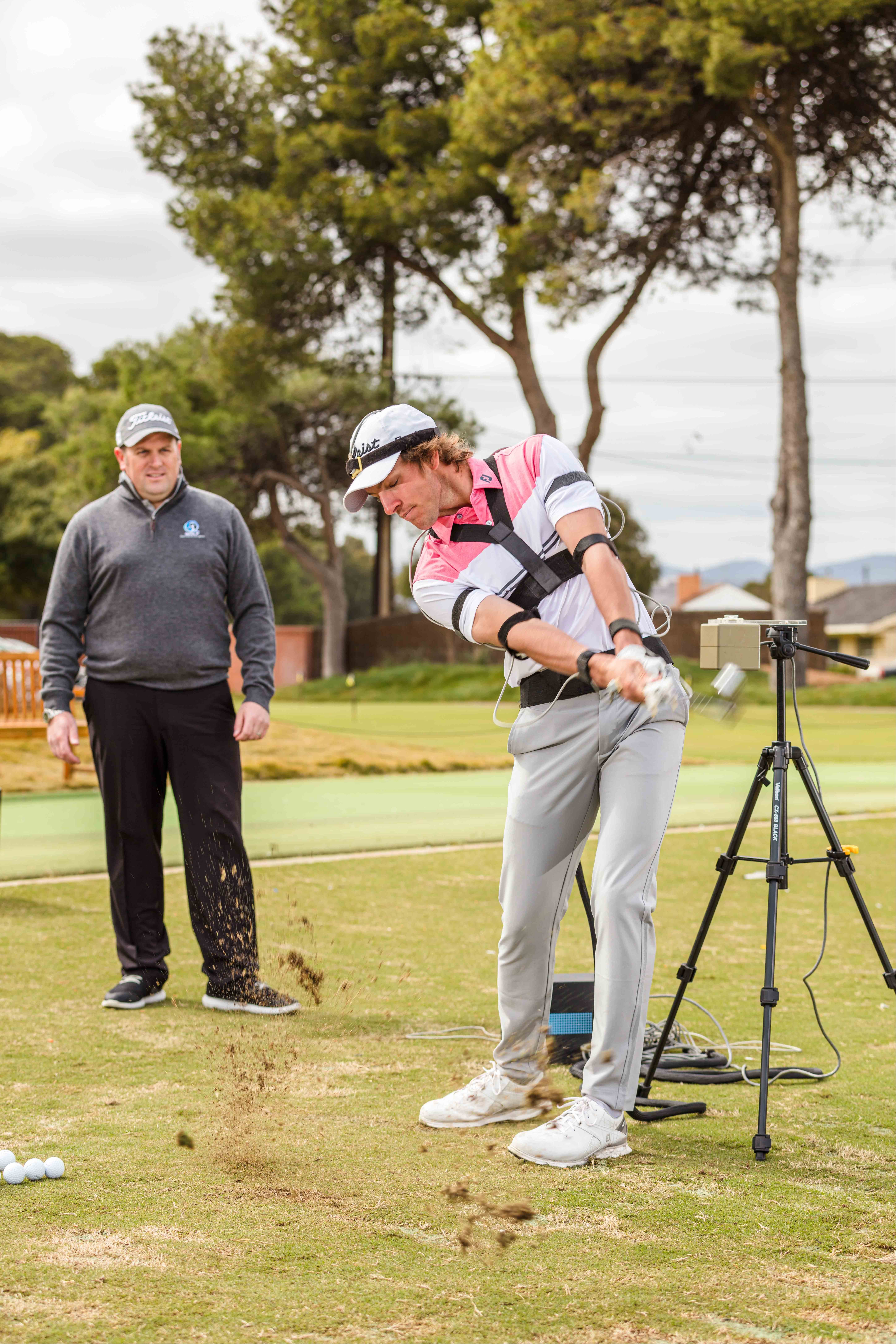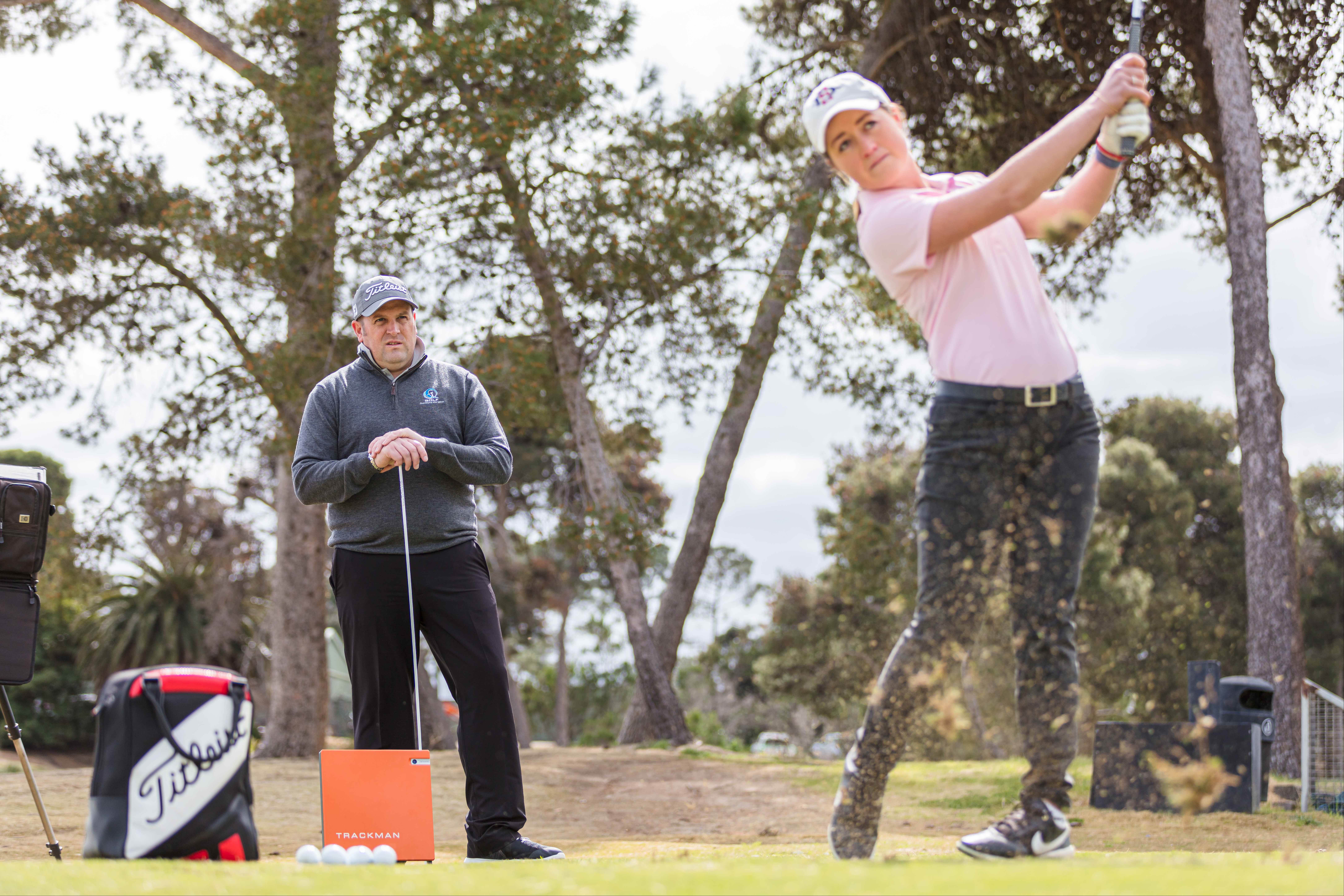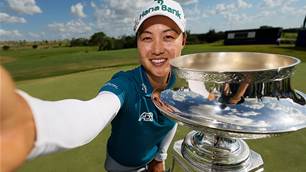Other than top level players and coaches, not many in golf know the name Ryan Lumsden. Yet this quiet achiever’s influence has been profound.
If you knew nothing else about him, the fact that he grew up in St Andrews would pique your interest in Ryan Lumsden.
If you were told that he was a member of junior Scottish national squads, played off a scratch handicap at St Andrews Golf Club (where he is still a member), and was secretary of his university golf team as part of a promising amateur career before completing an honours degree in Sport and Exercise Science at the University of Strathclyde, you would acknowledge his considerable understanding of the great game.
If you then knew that he had at some stage worked with no less than 10 major champions and 11 World No.1 amateurs across national programs in 11 institutes of sport and 15 different countries around the world, you’d be impressed.
If you were told he spends around 25-30 weeks per year travelling interstate or to various parts of the world as part of his mission to partner top coaches in assisting talented players reach their lofty goals, you’d wonder at his stamina.
RIGHT: Lumsden works with Jack Tanner, 19, a sophomore at South Dakota State University. PHOTO: David Brand.
And if you were aware that his esteemed colleagues and friends have described him variously as brilliant, kind, brutally honest, hard-working, a devoted husband and father, eccentric, generous to a fault, innovative, unassuming, an intellectual with a surprising sense of humour and, um, a dour Scot, you’d be intrigued.
Welcome to the life of Ryan.
****
“Ryan’s got a skill where he can see things that I don’t ever see. The stuff that he does is very different and I have no idea how to do it myself but he’s been a huge help to my career.” – Major Champion, Hannah Green.
Lumsden is regarded by many respected names in golf as the world’s leading biomechanist, though in truth his influence stretches far beyond that. In this, he uses evidence-based analytical tools including his own personally designed 3D biomechanical analysis system to assess swing mechanics. This, very simply put, means he attaches sensors to various parts of the player’s body from which data is collected showing how the body is functioning through the golf swing. This is presented to the player not via video image but by an avatar, meaning the focus is on the movement itself rather than how pretty the swing might look in real time.
“We’re looking for information that relates to how efficiently they are moving,” Lumsden said. “Whether we are trying to maximise or control distance, or control trajectory and/or shape, there are certain things that have to happen. Likewise, muscle physiology and body function also dictate that certain things have to happen in order to produce efficient movement and swing dynamics.
“I’m trying to find the ‘match-ups’ between these and how they fit with a player’s individual physiology. Ultimately we want a person to be developing or producing an efficient movement that gives them the ability to hit all the shots they need to.”
The most important thing in all that is ‘efficient movement’. The golf swing is a functional movement of the body and every body is different, meaning a one swing model for all is not going to produce the most efficient golf swing in players with differing physiology.

To some it sounds unfathomable and intimidating – ‘too technical’ is a criticism Lumsden has faced many times in his career from those who don’t fully understand or are challenged by it. And, yes, collecting the data, whether it be from 3D, Trackman or other, and the analysis of it is a technical evaluation but the end result – the interpretation of what the player needs to do to improve, and the communication of that to the player in terms they can understand – is not.
It’s therefore a process that is both quantitative and qualitative. For those in the know it’s this second part, the qualitative aspect of interpretation and communication, that sets Lumsden apart from the rest.
“One of Ryan’s strengths is that he is able to take that technical scientific data and relate that to the way the player’s moving and come up with a way that is not technical – through a drill or exercise – to improve that movement.” – Former Australian PGA Teacher of the Year, Denis McDade
Of course it began at St Andrews – how could it not – where a young Ryan ‘s earliest golf memories centre around hanging out at the course with his father Iain, the 1970 champion of St Andrews’ Thistle Golf Club. The golf club is just to the right of the 18th green of the Old Course and that’s where he spent the majority of his time.
“Nobody ever knew where I was, but I was just there. In summertime when it was light until 10 at night, I’d just go down there on my bike, play holes across the different courses until it got dark and then cycle home,” he recalled.
In winter, when poor weather prevented a lot of golf, he’d sometimes hit balls on the wet sand on the beach, Seve-style. At that time there was no driving range at St Andrews, so his practice consisted of hitting five balls around the green, playing there till he got in someone’s way and moving to another hole. Just a kid having fun learning.
“In summertime when it was light until 10 at night, I’d just go down there on my bike, play holes across the different courses until it got dark …” – Ryan Lumsden
“It was always different, you never did the same thing, just tried things, figuring it out as you go.”
In a break during his third year at university, he ventured to Australia. “At that time the Australian Institute of Sport was considered the best in the world, unique, and a lot of the research I was interested in was coming out of Australia.”
It was here that he came into contact with two of the greatest influences on golf development in Australia, AIS head golf coach Ross Herbert and golf-specific physiotherapist, Ramsay McMaster. Add to that coaches of the ilk of Mark Holland (later head coach after Herbert’s passing) and Gareth Jones at the AIS, Denis McDade (head of the VIS), Sandy Jamieson (assistant to McDade), Peter Knight (NSWIS), Jim Barden (QAS), Ian Triggs, David Milne and Ritchie Smith and you have some of the finest names in golf coaching. The ground-breaking AIS golf program also ran on a comprehensive curriculum devised and overseen by renowned sports psychologist John Crampton.
“I learned something from every one of them,” said Lumsden. The feeling, it seems, is mutual.
Related Articles

Cleary: The hunt for golf's Ash Barty

The Aussies at the U.S Women’s Open













